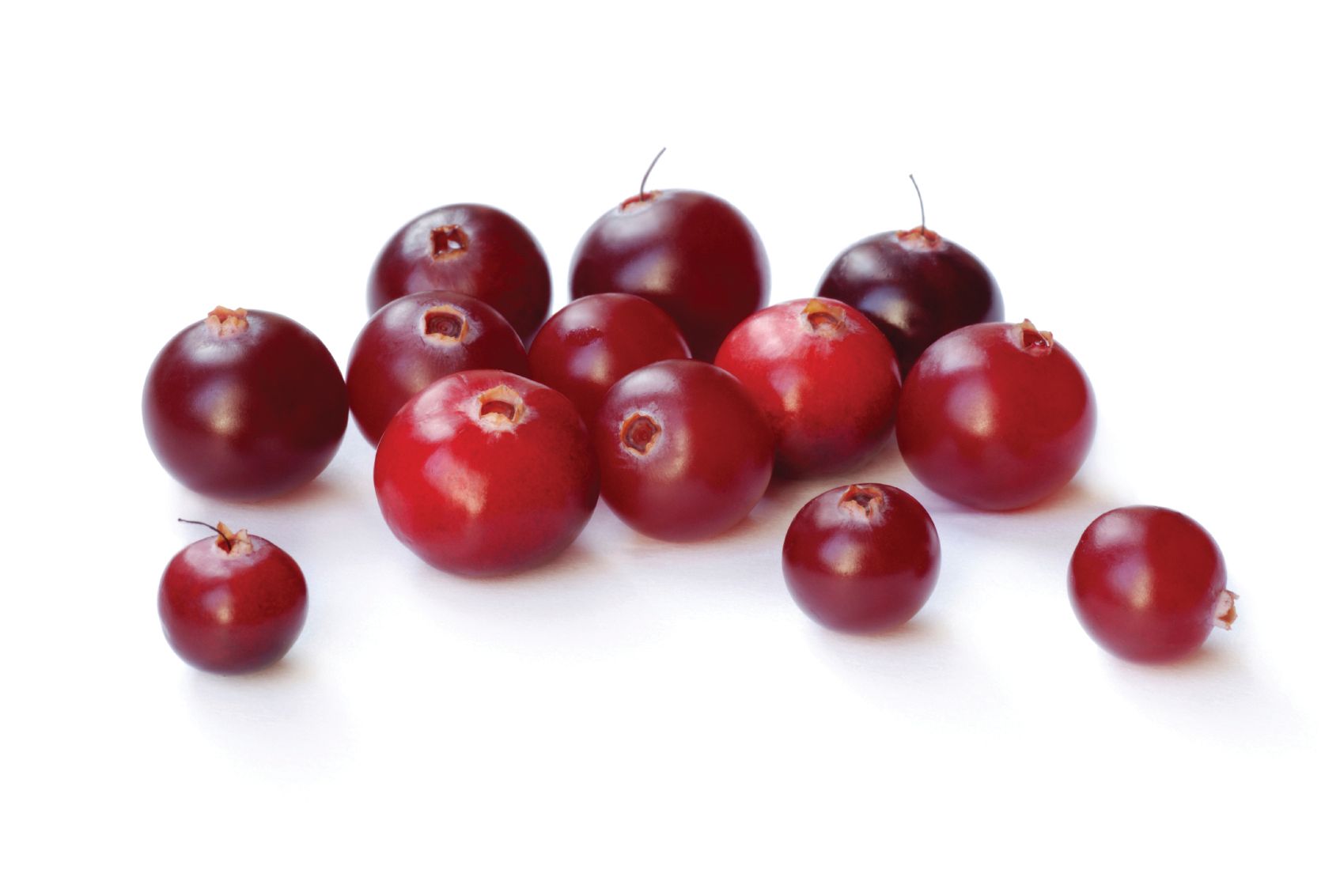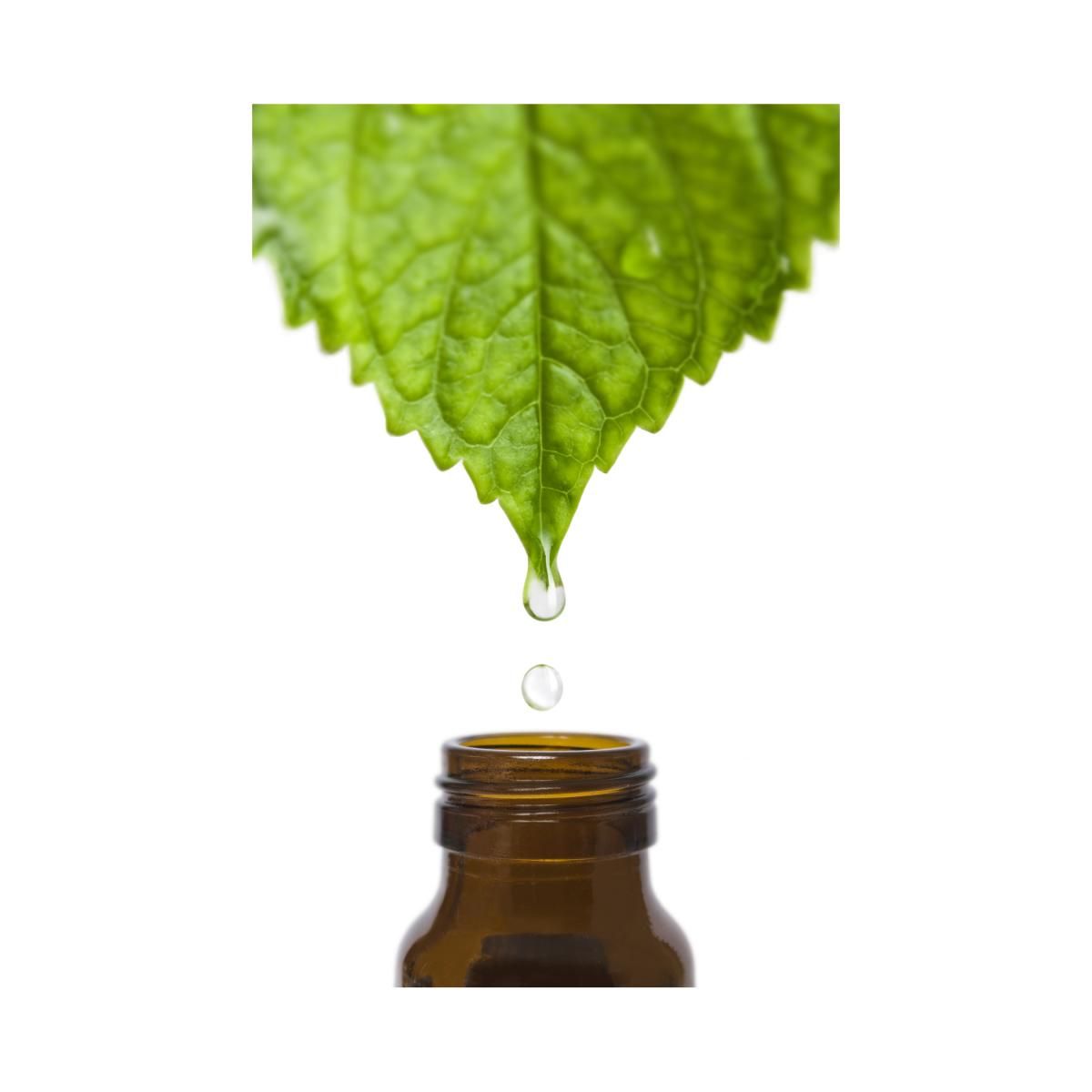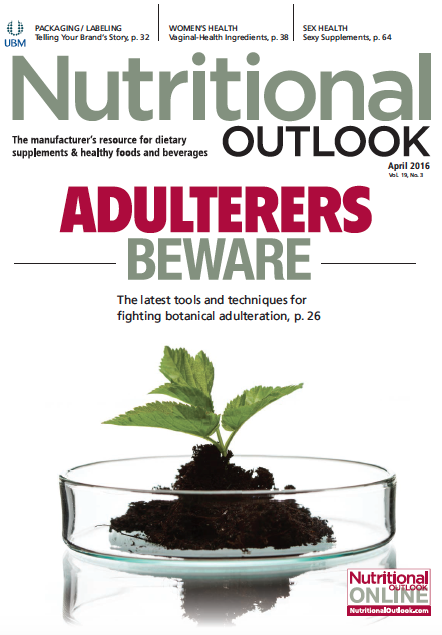Dietary Supplements: New Testing Tools to Catch Botanical Adulteration
The latest strategies for catching botanical adulteration combine new and old testing methods.
Photo © iStockphoto.com/Photoevent


Photo © iStockphoto.com/Photoevent
If there’s one thing both critics and advocates of the dietary supplements industry can agree on, it’s the urgent threat posed by ingredient adulteration. The best testing methods to deal with that threat, however, remain up for debate.
New York Attorney General (NY AG) Eric T. Schneiderman drove a renewed public focus on the issue last year when he launched an investigation into makers and retailers of several herbal supplements, including devil’s claw, echinacea, and ginseng. His office alleged the supplement products were adulterated based on DNA barcode testing-a relatively new testing method that many industry experts say Schneiderman applied improperly.
But even if Schneiderman’s methodology was flawed, botanical adulteration remains a prevalent menace to consumer health and the integrity of the industry as a whole. The challenge facing ingredient suppliers and manufacturers today is deciding on the best combination of testing methods from a growing toolkit, including DNA testing.
“The newest kid on the equipment block is DNA analysis,” says Elan Sudberg, CEO of Alkemist Labs (Costa Mesa, CA). “However, this shiny new ball is not yet the infallible hero it is in crime shows.”
For instance, DNA barcoding has the advantage of being able to detect very small amounts of adulterants, but it has trouble discerning which part of the plant is present, explains Sudberg. For that reason, it’s best to combine DNA testing with other, “time-tested methods of analysis,” such as microscopy and high-performance thin-layer chromatography (HPTLC), he says. And when it comes to botanical ingredients, there’s no one-size-fits-all approach for detecting adulteration.
Here’s a look at some of the latest strategies for preventing adulteration, including new applications for DNA testing, as well as established tests being applied in innovative new ways.
STORY CONTINUES ON PAGE 2

Cranberry adulterants include plum, grape skin, and rice. Photo © iStockphoto.com/lenta
New Tests for Cranberry
One ingredient coming under the scope of new adulteration testing technologies is cranberry. At the recent Natural Products Expo West trade show, RS Specialty Ingredients (Wellington, FL) unveiled its new Cranberry Quality Assurance (CQA) program, which is designed to help suppliers ensure their cranberry is both pure and efficacious.
Stephen Lukawski, vice president of RS Specialty Ingredients, explains that much of the cranberry adulteration he has seen comes from Asia, with adulterants like peanut skin, plum, grape skin, black bean, and black rice being used to boost the proanthocyanidin (PAC) content of the raw cranberry material. New testing methods included in CQA may make it easier for suppliers and manufacturers to catch these deceptive practices.
The CQA is based on testing procedures implemented by cranberry supplier Fruit d’Or (Notre-Dame-de-Lourdes, QC, Canada) and is now available for any cranberry supplier to adopt, says Lukawski, who is also director of global business development, sales and marketing, Fruit d’Or.
The program includes polyphenol-fingerprinting analysis, standardization of PAC biomarkers, anti-adhesion testing to establish efficacy, Matrix Assisted Laser Desorption Ionization Time-of-Flight (MALDI-TOF) mass spectrometry, and DNA sequential barcode testing.
But while DNA testing is one pillar of the program, Lukawski acknowledges its drawbacks-such as an inability to detect DNA in finished products and a failure to quantify the PAC content of the cranberry.
“DNA structure is a complex thing and it can degrade very quickly depending on the processing and the handling of the material,” says Lukawski. DNA testing is so sensitive, Lukawski adds, it can even pick up dust particles from milling machines that aren’t cleaned properly.
“So we have to use another tool in the box to really support the DNA testing, and that is the MALDI-TOF tool, the mass spectrometry equipment, because it will quantify,” says Lukawski. Fruit d’Or announced it would begin using MALDI-TOF last July to authenticate its cranberry PACs, which can ensure the PACs actually come from authentic cranberry, rather than an adulterant. The new method was developed by Christian Krueger, CEO of Complete Phytochemical Solutions LLC (Cambridge, WI).
Although some cranberry suppliers use HPTLC to detect adulteration, according to Lukawski it is not a sufficiently thorough test for the CQA. He says MALDI-TOF is a more accurate method, and HPTLC is not able to quantify foreign contaminants the way MALDI-TOF can.
The new supplier testing program is appropriate for raw cranberry materials, juice concentrate used to make cranberry juice powder, spray-dried cranberry juice powder, and even finished cranberry powder that has been encapsulated, although complex formulations with several ingredients and excipients can make DNA testing more complicated.
If the CQA proves successful at preventing cranberry adulteration, Lukawski hopes it may become a template for the testing of other botanical ingredients.
STORY CONTINUES ON PAGE 3
Ginkgo leaf extract remains a target of adulteration. Photo © iStockphoto.com/evgenyb
Better Strategies to Fight Ginkgo Adulteration
Researchers have also recently proposed new methods to detect adulteration of Ginkgo biloba leaf extract, which remains a significant target for adulteration, according to Alkemist Labs.
“Ginkgo leaf tops our list these days, as it’s commonly adulterated with the fruit or flowers of Sophora japonica, which is easily distinguished by HPTLC,” says Alkemist’s Sudberg.
As reported in the December issue of HerbalEGram1 from the American Botanical Council (ABC; Austin, TX), two recent studies suggest a new method to detect adulteration of ginkgo extract in commercial dietary supplement products.
A 2014 study published in Phytomedicine2 explored the possibility that standard testing methods established by the United States Pharmacopeia–National Formulary (USP-NF), the British Pharmacopoeia, and the European Pharmacopoeia are “not capable of detecting adulteration of ginkgo extract with free flavonol aglycones.”
Researchers analyzed eight ginkgo leaf retail products with high-performance liquid chromatograpy (HPLC) after hydrolysis, as is required by USP-NF, and before hydrolysis, which is not required by USP-NF. They discovered compelling evidence that three of the products were adulterated with flavonol aglycones, including genistein, which does not occur in ginkgo leaf.
However, the researchers noted that merely following the post-hydrolysis HPLC testing standard of USP-NF would be inadequate to detect this sort of ginkgo extract adulteration. Instead, the authors proposed, the ginkgo extracts should be assayed for flavanol aglycones before and after hydrolysis to make for a stronger method of detecting adulteration.
Another study3, published in October 2015, also explored the role that the isoflavone genistein can play in helping detect ginkgo adulteration. Researchers evaluated both authenticated ginkgo materials and commercial dietary supplements labeled to contain G. biloba. While none of the authentic ginkgo materials were found to contain genistein, eight of the supplements contained genistein, suggesting they were in fact adulterated.
“This study confirms that botanically authenticated G. biloba leaf and extracts made therefrom do not contain genistein, and the presence of which even in trace amounts is suggestive of adulteration,” the study authors concluded.
Researchers combined ultra-high-performance liquid chromatography-mass spectrometry (UHPLC-MS/UV) with HPTLC to evaluate the samples, which they explained “was developed as a fast and economic method for chemical fingerprint analysis of ginkgo samples.”
STORY CONTINUES ON PAGE 4
Is your ingredient really grape seed extract? Or is it peanut skin? Photo © iStockphoto.com/mauhorng
ABC Adulteration Bulletins: Bilberry and Grape Seed Extract
In March, the American Botanical Council unveiled its new Botanical Adulterants Bulletin (BAB) program, a series of documents designed to provide a comprehensive look at the adulteration threats facing particular herbal ingredients. Where the information is available, the BABs discuss market dynamics, known adulterants, and the best analytical methods for detecting adulteration.
“The whole idea behind these bulletins is to go out and combine as much information on the herb as possible-its nomenclature, information on that herb that pertains to the marketplace, and its likelihood or confirmation of adulteration,” says Mark Blumenthal, founder and executive director, ABC. The bulletins are reviewed by at least eight reviewers in most cases, with some having as many as 20 reviewers, says Blumenthal.
ABC has either published or plans to publish bulletins on bilberry extract, black cohosh, cranberry fruit extract, ginkgo leaf extract, goldenseal root, grape seed extract, grapefruit seed extract, saw palmetto, and skullcap. And while many of the testing methods for these ingredients have been established for years, the bulletins also offer a window into new strategies for preventing adulteration.
For instance, a new study published in Food Science & Nutrition4 investigates the need for a comprehensive database of anthocyanin profiles for Vaccinium fruit ingredients, including bilberry (Vaccinium myrtillus) extract.
Researchers analyzed the anthocyanin profile of 45 supplements containing Vaccinium fruit (cranberry, lingonberry, bilberry, and blueberry) with HPLC separation. They discovered that more than 30% of the products tested did not contain the fruit listed on the label.
But even though existing anthocyanin profiles helped researchers identify the adulterated supplements, they noted that the available purified anthocyanin standards are limited and may not be effective for verifying the authenticity of products that combine multiple fruit ingredients.
Instead, they concluded that building a comprehensive fruit and vegetable anthocyanin profile database “could immediately help advance the quality of dietary supplements available to consumers.”
Stefan Gafner, PhD, ABC’s chief science officer, agrees that an anthocyanin database might help prevent bilberry extract adulteration-as long as it’s used in conjunction with proper analytical methods applied throughout the industry.
Another BAB discusses grape seed extract (GSE) adulteration, including a 2015 study5 that analyzed 21 GSE supplements, which are sometimes adulterated with peanut skin extract and pine bark extract to artificially boost PAC content.
Using HPLC-UV/MS, researchers discovered that nine of the products were adulterated with peanut skin extract. The troublesome findings led researchers to conclude that chromatographic techniques, such as thin-layer chromatography (TLC) and HPLC, are necessary to defend against GSE adulteration, rather than “inferior proximate assays” that some manufacturers currently rely on.
ABC’s Gafner says he was surprised to hear about GSE adulteration since GSE is a relatively low-cost material made from a byproduct of the grape juice or wine industry. But, as it turns out, peanut skins are even cheaper.
“I am still surprised that someone would choose an extract from a known allergen as an adulterant,” says Gafner.
STORY CONTINUES ON PAGE 5

Photo © iStockphoto.com/Ugurhan Betin
Overlooked Ingredients
Another factor to consider is the existing adulteration scrutiny for a given ingredient. While ingredients thought to be at a high risk of adulteration often receive the most attention, it may actually be more mundane ingredients that are open to the greatest adulteration risk.
“Botanicals like black cohosh and skullcap are widely recognized as being high-risk for adulteration,” says Danica Harbaugh Reynaud, PhD, global director of scientific innovation, NSF International (Ann Arbor, MI). “As a result, they are under greater testing scrutiny. In fact, we have seen very little adulteration in these botanicals as a result of this scrutiny.”
Instead, Reynaud points to widely used ingredients like black pepper, oregano, wheat grass, barley grass, and alfalfa as some of the biggest targets for adulteration because even a small amount of adulteration can help suppliers keep up with demand. If there is a high demand, low supply, and/or a high price for a certain ingredient, there may be a particularly high likelihood of adulteration.
“There is a misconception that only rare and high-priced ingredients are at the highest risk of adulteration,” says Reynaud. “We find that it is the most common and cheaper items that really are at the highest risk.”
Therefore, Reynaud recommends identity testing at every point in the supply chain and using the correct test methods. To that end, NSF International acquired Reynaud’s company, DNA testing laboratory AuthenTechnologies (Richmond, CA), earlier this year, which it says will allow for more sensitive sequencing techniques than traditional DNA barcoding methods.
But again, the key to catching botanical adulteration increasingly involves a combination of multiple testing tools. Alkemist’s Sudberg explains that while Alkemist now offers next-generation DNA sequencing equipment, it’s only when combined with tests like HPTLC that DNA testing can provide a complete picture.
“This technology combination is the most thorough and comprehensive way to be sure what is on the label is actually in the bottle,” Sudberg says.
Also read:
The Latest Testing Techniques for Catching Dietary Supplement Fraud and Adulteration
Which Are Emerging Adulterants in Sports Supplements?
Which Testing Technologies Are the Most Cost-Efficient for Your Dietary Supplement Company?
DNA Experts Discuss What Makes Testing Difficult in NY AG Case
MALDI-TOF Test Method Enhances Cranberry Authentication, Fruit d’Or Says
References:
- Gafner S, “Ginkgo extract adulteration in the global market-a review,” HerbalEGram, vol. 12, no. 12 (December 2015). http://cms.herbalgram.org/heg/volume12/12December/BAPginkgoadulteration.html. Accessed March 2, 2016.
- Wohlmuth H et al., “Adulteration of Ginkgo biloba products and a simple method to improve its detection,” Phytomedicine, vol. 21, no. 6 (May 2014): 912–918
- Avula B et al., “Identification of Ginkgo biloba supplements adulteration using high performance thin layer chromatography and ultra high performance liquid chromatography-diode array detector-quadrupole time of flight-mass spectrometry,” Analytical and Bioanalytical Chemistry, vol. 407, no. 25 (October 2015): 7733–7746
- Lee J, “Anthocyanin analyses of Vaccinium fruit dietary supplements,” Food Science & Nutrition. Published online January 20, 2016.
- Villani T et al., “Chemical investigation of commercial grape seed derived products to assess quality and detect adulteration,” Food Chemistry, vol. 170 (March 2015): 271–280

HHS announces restructuring plans to consolidate divisions and downsize workforce
Published: March 27th 2025 | Updated: March 27th 2025According to the announcement, the restructuring will save taxpayers $1.8 billion per year by reducing the workforce by 10,000 full-time employees and consolidating the department’s 28 divisions into 15 new divisions.





















